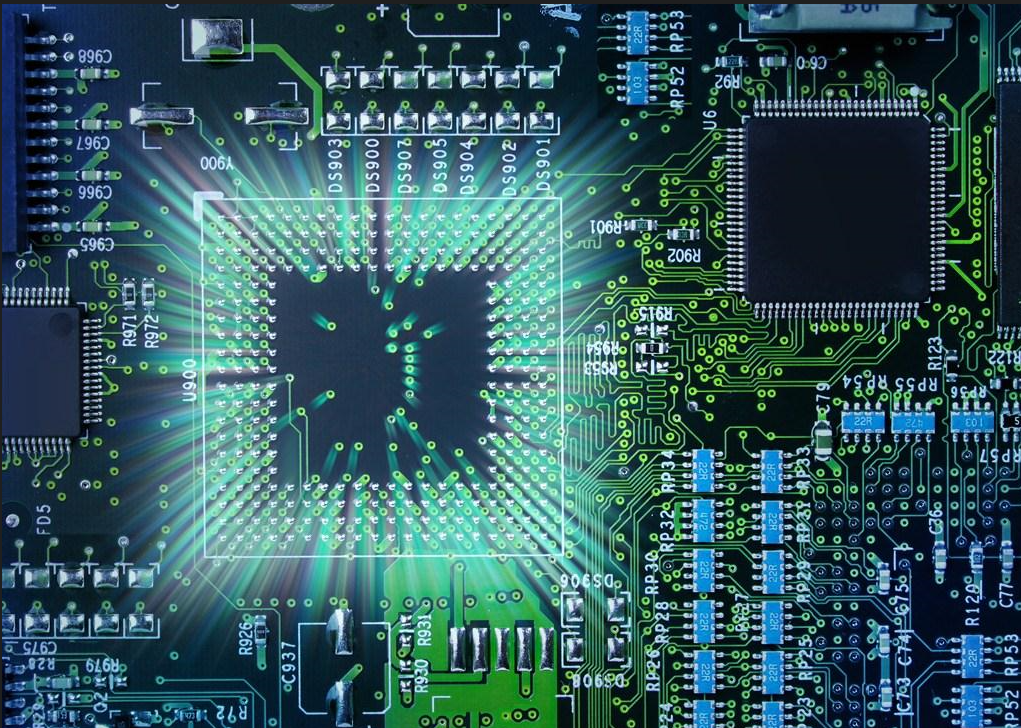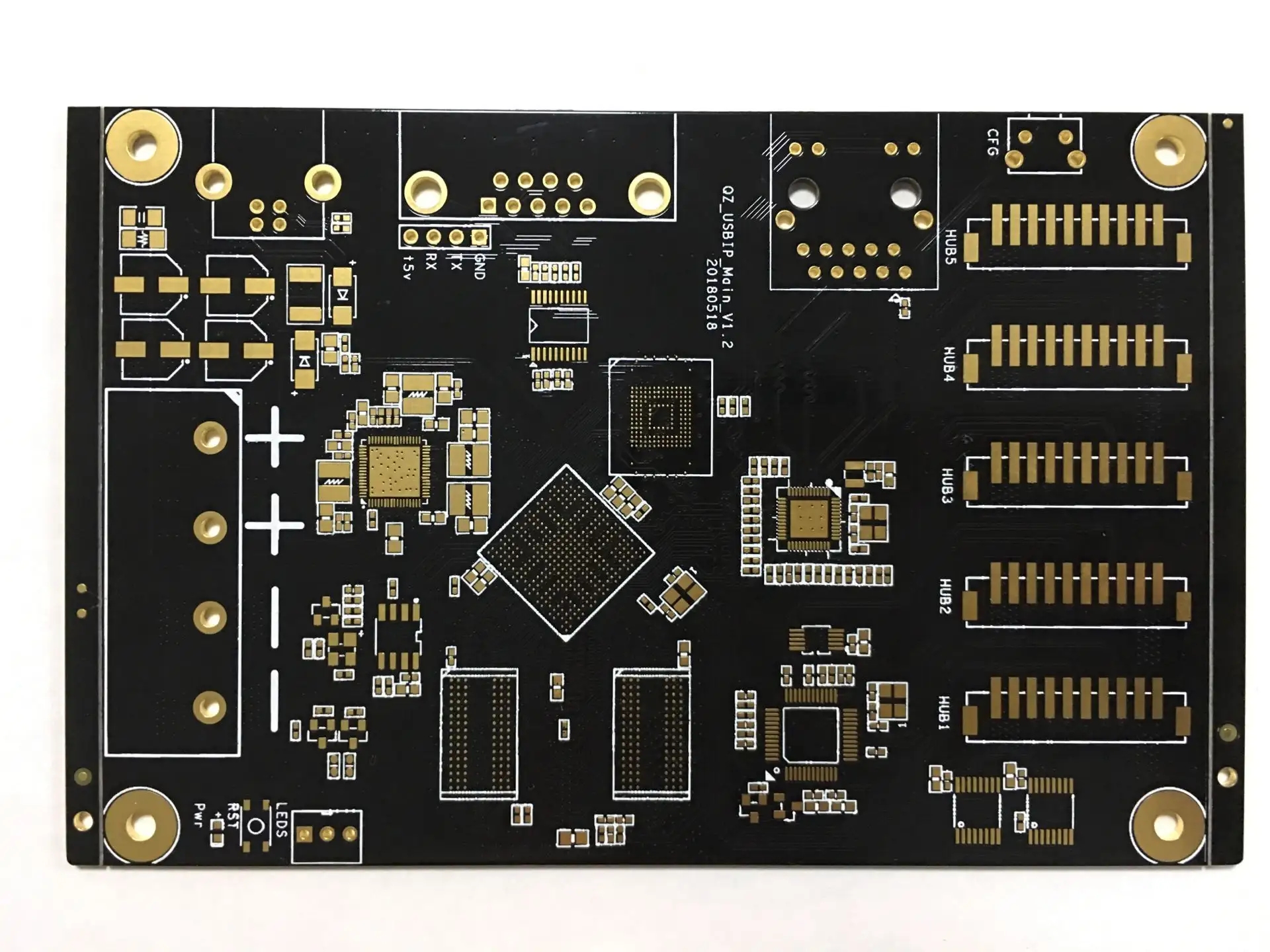Analysis of Return Path in PCB Design
High speed design has increasingly become the focus of attention of PCB designers When designing high-speed PCB, every engineer should pay attention to their signal integrity, and always consider the return path of their signal circuit, because bad return path is easy to cause signal integrity problems, such as noise coupling If the current must pass through a long path to return, the inductive loop of the signal path is added Because the sensing loop in the system is larger, these signals are more likely to absorb noise from any other network in the system Common return path discontinuities are usually caused by missing ground vias, gaps in the ground plane, lack of decoupling capacitors, or the use of the wrong network As PCB design becomes more and more complex, it becomes more difficult to quickly find these problems This article will explain in detail how to use the ReturnPath analysis function of IDA (In-DesignAnalysis, design synchronization analysis) in Allegro. PCB designers perform return path analysis during PCB design through design examples to help engineers quickly find out whether the return path of these high-speed signals is appropriate, In order to ensure the layout quality, reduce the recall loss caused by signal instability after mass production, and achieve design success
Return Path Definition
Importance of regression path analysis
Detailed description of the return path analysis example
Return path analysis result analysis
PCB board

1. What is the return path?
The operation of power products requires a circuit with signals to operate, as shown in the following figure (1), the battery cathode must be connected to the blue wire before the lamp will light up. In the early days, we can see that the telegraph system used "ground" as the grounding plane of the signal loop, and another grounding wire can be omitted to reduce the expensive cost. Or, if a similar situation in modern life is to install a bulb on a car, we can regard the "car shell" as the grounding of the signal circuit, and directly connect the negative pole of the bulb to the car shell to light up, which can save a lot of clothes. The return path problem does not need to be considered for line faults. However, if you want to connect various sensors or processors to the driving system, CAN (vehicle network system) or even ADAS (advanced driver assistance system), it is not as simple as directly connecting and omitting wires. It is easy to involve high-frequency/high-speed transmission, and the integrity of its return path should be noted. Similarly, for PCB design, if it is a low-frequency signal, its return path will return together with the impedance, but as the frequency increases, the current needs to return to the source in the closed loop. Therefore, more consideration will be given to the return path of the inductor, which usually corresponds to the return path of the upper and lower layers of the wiring, to avoid the problem of circuitous return path caused by the cutting of the inner layer. In addition, the consideration of the return path of this high-speed signal is more important.
2. Why do I need to return to path analysis?
As mentioned above, it is important to consider the return path of high-speed signals, because the slightest neglect will greatly reduce the circuit function. Generally speaking, since the DRC check of standard PCB only checks whether the mouse cable is connected and whether the safety distance is sufficient, it is not easy to realize the analysis similar to ReturnPath, and it usually requires an experienced hand to open the relevant chart. These layers follow the adjacent layers of the high-speed signal trace to ensure the return path and control the layout quality. Or make some specifications for the layout of how to add stitches next to the track. For differential signals after using vias, several suture points should be placed beside them. That's another story! It is even necessary to add suture capacitors to fill those moats that cannot be crossed, resulting in additional costs to improve the return path. In this case, if we have an intuitive auxiliary analysis tool, it will analyze the return path according to the signal geometry, and calculate the ratio of its inductance RPQF (return path quality factor, return path quality factor) without a model. When the RPQF value is close to 1, it means that the signal wiring is closer to the return path, and the higher the value is, the more tortuous and distant the return path is. In addition, after the analysis is completed, the RPQF values of the relevant signals can be listed directly, as shown in Figure 6 below, allowing us to quickly identify the severity of each signal and correct the unsatisfactory part. Note: Other impedance impedance analysis and coupling coupling interference analysis in IDA (design analysis) can also be conducted according to the inspection process without model. Through rapid screening analysis, quality control of various layouts can be realized quickly.
3. How to perform return path analysis
Now Allegro has introduced Sigrity's analogical analysis technology, bringing IDA (In Design Analysis, design synchronous analysis) into the PCB design process to help PCB engineers analyze synchronously in design and find the common discontinuity of the return path in advance, Solve problems in real time, quickly ensure the quality of signal return path, improve design efficiency and reduce failure probability It is also important that the return path check PCB does not require a model, and can be easily implemented through a simple process!







